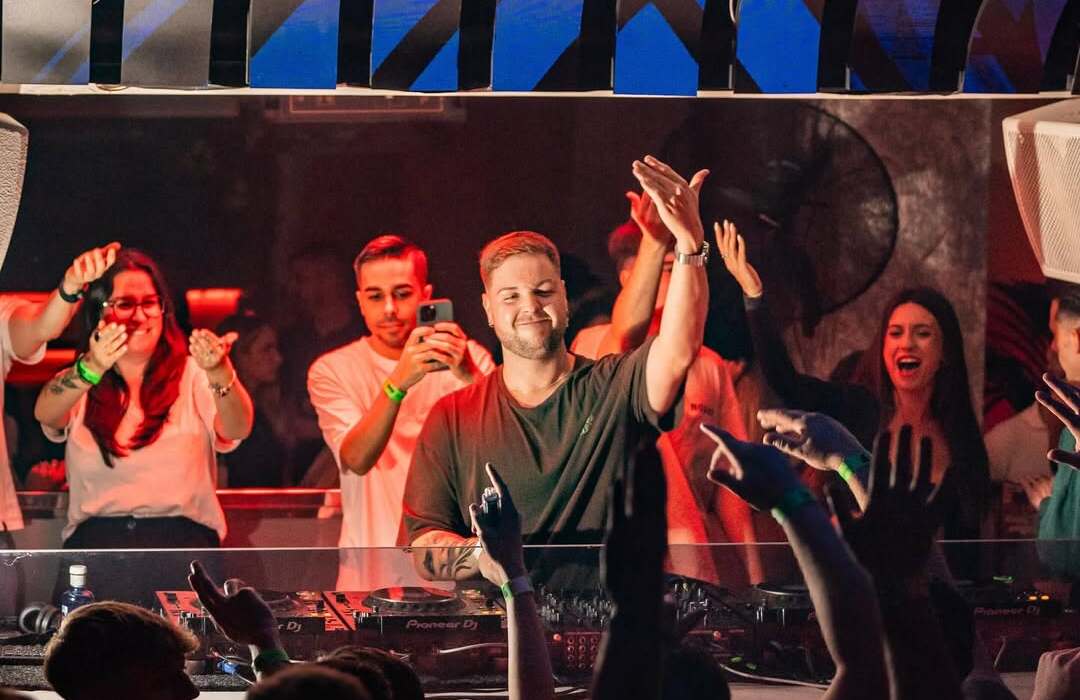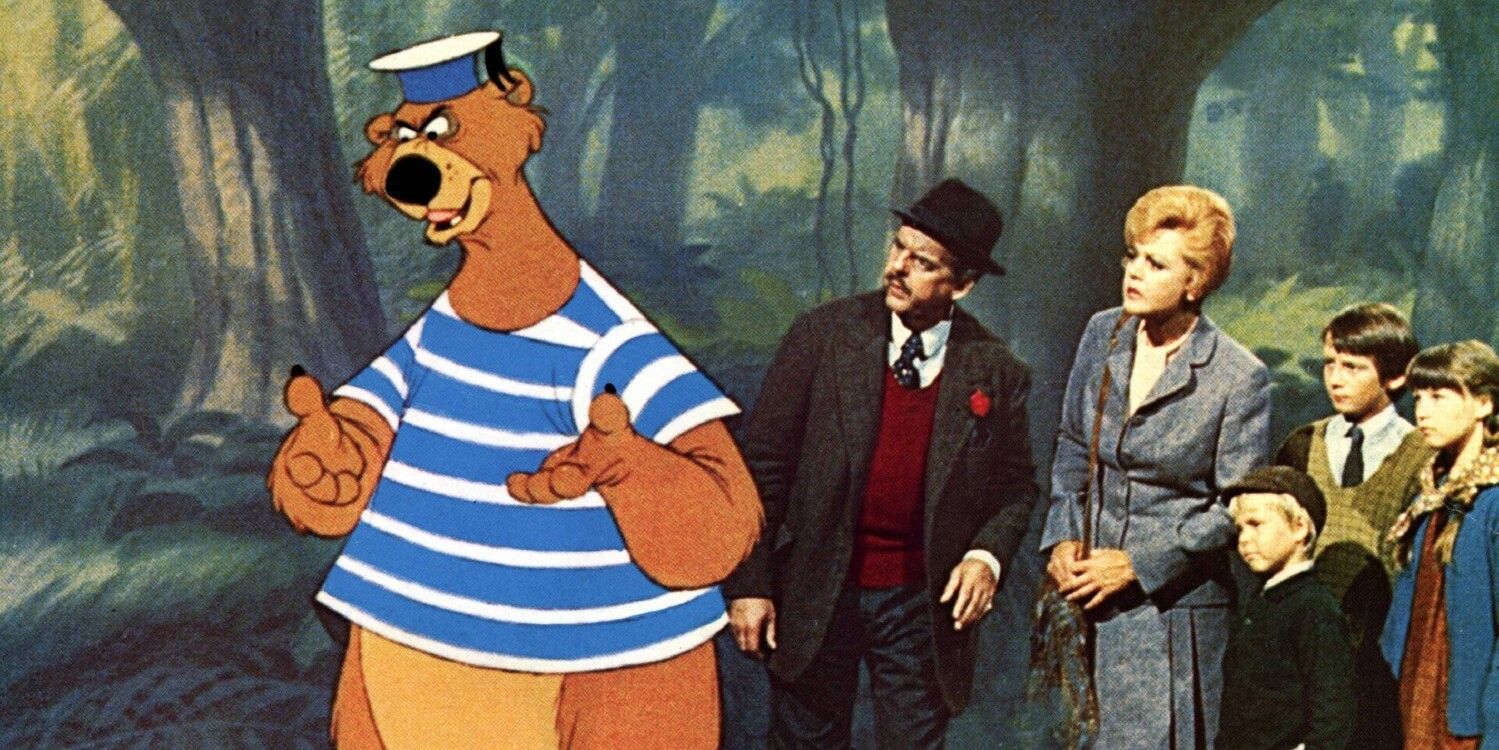While some may have seen it as the poor man's Mary Poppins, Bedknobs and Broomsticks had been in development for several years before Mary Poppins was given the green light, as Walt Disney had yet to secure the rights to the story of the magical nanny. He wanted to make sure he had an alternate movie to present to audiences in case author P.L. Travers didn't agree to let him make the Poppins movie adaptation. As a result, Bedknobs and Broomsticks will forever be tied to Mary Poppins, even if they’re completely different stories.
Travers’ Mary Poppins books were eyed by Walt Disney as early as 1940, and he actively sought to make a film adaptation to create a magical live-action story. But Travers was reluctant about it for quite a long time, so Disney started to work on alternatives. Around that same time, he acquired the rights to two of Mary Norton’s children’s books: The Magic Bed-Knob; or, How to Become a Witch in Ten Easy Lessons, and Bonfires and Broomsticks. During the 1950s, these two books were combined into a single story for the screen, with Disney looking to make it as an alternative to Mary Poppins.
The story is about Eglantine Price, an amateur witch learning magic during World War II who wants to do something to help in the war effort. But, in an attempt to find the ultimate spell for that, she discovers that her training materials are actually from a phony magician who has no magical ability. It was up to Bill Walsh, Don Da Gradi, and the Sherman brothers, Richard and Robert, to find a way to make it into a compelling film that featured lots of singing. During the pitch, Disney reportedly nodded off in the middle of one of the songs. They had a good story, but Disney was yet to be convinced. “I think we have a long way to go on this one!” Richard Sherman recalls him saying.
However, in 1961, Travers finally agreed on a Mary Poppins adaptation, and the same team working on Bedknobs and Broomsticks moved over to that project, which had Julie Andrews, Dick Van Dyke and David Tomlinson attached to star. Bedknobs and Broomsticks was put on hiatus. Poppins opened in 1964, and it went on to be a huge success, earning Andrews an Academy Award. It became one of Disney’s most iconic brands, even propelling a recent sequel with Emily Blunt in 2018. Only after did the team return to Broomsticks and start working on the project again. Poppins director Robert Stevenson also signed on, and Andrews was offered the part of Eglantine, but due to an overbooked schedule, she was unable to star in the film.
Instead, Eglantine Price was played by the wonderful Angela Lansbury, and they also managed to get Poppins’ David Tomlinson to be part of the project, playing the phony magician Mr. Emelius Brown. The film opened in 1971, five years after Walt Disney passed away, but bearing the scars of its past, it became seen as a poor attempt to revive the same magical charm of the Julie Andrews film. Nevertheless, Richard Sherman is adamant that Disney was a strong part of the project till the end: “he wanted to promote the heroism and the bravery of the British people at the lowest point in their history.”
Bedknobs and Broomsticks became iconic for featuring an epic battle between an army of empty uniforms magically commanded by Eglantine against the Germans, which apparently was an idea that was part of the project since the beginning. The film was not the smashing success that Mary Poppins was, but it gained a special place in moviegoers' hearts, eventually moving from Poppins’ shadow and becoming a modest classic. It is a marvelous entry, especially because of its leading performances, memorable magic moments, catchy songs and an overall more exciting adventure.




